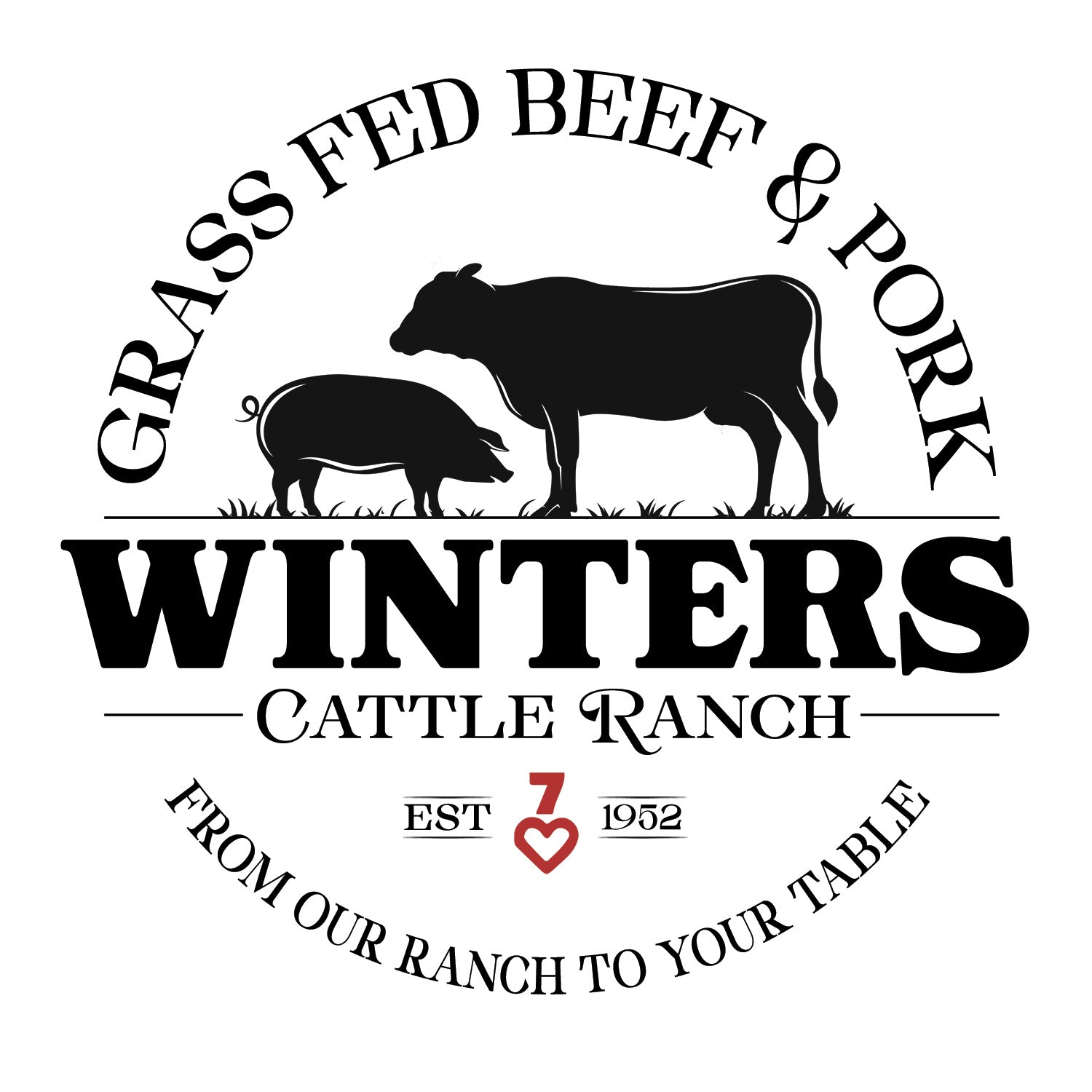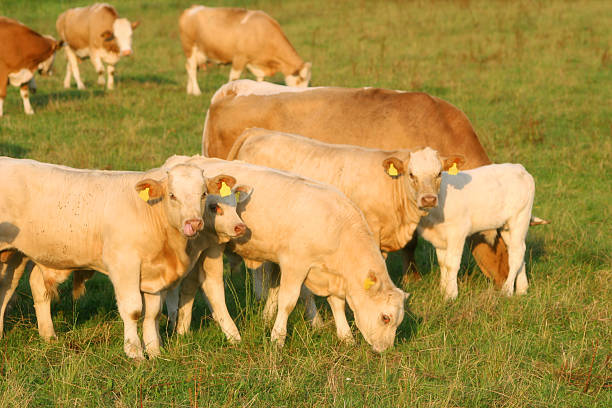Grass-fed beef is widely regarded as a healthier and more sustainable alternative to conventional grain-fed beef. Richer in omega-3 fatty acids and beneficial nutrients, it has become increasingly popular among consumers seeking better-quality meat. Despite its growing demand, finding grass-fed beef in Colorado, United States, remains a challenge for many shoppers. The scarcity stems from a complex combination of economic pressures, regulatory hurdles, logistical challenges, and environmental constraints. Understanding these factors can shed light on why local grass-fed beef is not as widely available as one might expect.
Economic Pressures on Grass-Fed Producers
Higher Production Costs
Producing 100% grass-fed beef requires more time and resources than conventional methods. Cattle must graze on pasturelands for their entire lives, which often means that they take longer to reach market weight compared to grain-fed cattle. This extended growth period increases costs for feed management, veterinary care, and land maintenance. Additionally, smaller ranchers in Colorado, United States, face limited economies of scale, making each pound of beef more expensive to produce. These higher costs are often reflected in the retail price, which can deter some consumers from purchasing grass-fed beef.
Limited Market Size
The market for grass-fed beef, while growing, is still relatively niche. Premium pricing appeals primarily to health-conscious or environmentally aware consumers, which restricts the volume of sales that ranchers can rely on. This limits profitability and discourages some producers from expanding grass-fed operations. The result is a smaller supply of grass-fed beef available for local consumers, making it harder to find in grocery stores or restaurants.
Regulatory and Labeling Challenges
Lack of Standardized Definitions
One of the major challenges in the grass-fed beef market is the lack of clear regulatory definitions. While the USDA provides some guidelines, the term "grass-fed" is not strictly enforced. Some beef labeled as grass-fed may have been partially fed grain at some stage in its life. For consumers seeking true grass-fed beef, this ambiguity can be confusing, leading to mistrust and cautious purchasing habits.
Imported Beef Complications
Another factor contributing to scarcity is the prevalence of imported beef. A significant portion of beef sold as "grass-fed" in the United States may originate from countries such as Australia or New Zealand. Even when labeled as a product of the USA, portions of the supply chain can include non-local sources. This complicates efforts to support local ranchers and maintain consistent availability of truly grass-fed beef in Colorado.
Environmental and Climatic Factors
Seasonal Grazing Limitations
Colorado’s climate directly affects the availability of grass-fed beef. Harsh winters, dry summers, and unpredictable weather patterns can limit pasture growth. Ranchers must carefully manage grazing rotations and supplement feed during lean periods to ensure cattle remain healthy. These seasonal fluctuations can reduce the consistency of supply, making it difficult for local producers to offer year-round availability of grass-fed beef.
Land Use Pressures
As Colorado continues to develop, urban expansion and recreational land use increasingly compete with pastureland. Cattle ranchers face pressure to maintain or expand grazing areas while balancing conservation efforts and land costs. Limited land availability constrains the number of cattle that can be raised sustainably on grass-fed diets, further reducing supply.
Logistical and Processing Challenges
Limited Processing Facilities
Grass-fed beef production is only one part of the equation; processing and distribution are equally important. Colorado has relatively few USDA-inspected facilities capable of handling grass-fed cattle. Small ranchers must transport livestock long distances to processing plants, which increases costs and complicates logistics. Scheduling delays at these facilities can also disrupt supply chains, limiting the availability of fresh beef in local markets.
Distribution and Retail Constraints
Once processed, grass-fed beef often reaches consumers through specialized retailers, farmers’ markets, or online sales. Large grocery chains prioritize volume and consistency over quality, making it difficult for smaller grass-fed operations to secure shelf space. As a result, consumers must often seek out local ranches or direct-to-consumer programs to access premium grass-fed beef.
Consumer Awareness and Market Dynamics
Price Sensitivity
Grass-fed beef typically commands a higher price than conventional beef due to its more intensive production process. While many consumers value the nutritional and environmental benefits, others may prioritize cost over quality. This price sensitivity reduces overall demand, limiting the incentive for producers to scale up operations.
Limited Consumer Education
Despite increasing awareness of sustainable food systems, many consumers are still unfamiliar with the distinct advantages of grass-fed beef. Outreach and education about its health benefits, ethical production, and flavor profile can help expand the market, but progress has been slow. Until more consumers actively seek grass-fed options, supply will continue to be constrained.
Factors Affecting Grass-Fed Beef Availability in Colorado
|
Factor |
Impact on Availability |
Notes |
|
Production Costs |
High |
Longer growth periods, pasture management |
|
Regulatory Ambiguity |
Medium |
Labeling inconsistencies |
|
Imported Beef |
Medium |
Non-local products compete with local supply |
|
Seasonal Grazing |
High |
Winter feed supplementation needed |
|
Land Use Constraints |
Medium |
Urbanization reduces pastureland |
|
Processing Facilities |
High |
Limited USDA-inspected plants |
|
Distribution & Retail Access |
Medium |
Smaller producers have restricted market reach |
|
Consumer Awareness |
Medium |
Education on benefits still limited |
|
Price Sensitivity |
High |
Higher costs reduce broad market access |
Sourcing grass-fed beef in Colorado, United States, is challenging due to a combination of economic, environmental, regulatory, and logistical factors. Limited processing facilities, seasonal pasture constraints, higher production costs, and market dynamics all contribute to the scarcity. Supporting local producers like Winters Ranch Meats Inc., who prioritize sustainability and direct-to-consumer distribution, can help improve access while strengthening Colorado’s grass-fed beef industry. By educating consumers and promoting responsible ranching practices, the availability of high-quality, locally sourced grass-fed beef can continue to grow, ensuring that residents have access to nutritious and ethically produced meat.
Our Fresh Quality Meat Delivered Fast
Winters Ranch Meats Inc., serving Colorado, United States, specializes in providing premium grass-fed beef directly to consumers. Their offerings include beef sides, roasts, and ground beef, all sourced from ranches that prioritize sustainable grazing practices. By supplying high-quality meat through direct-to-consumer channels, Winters Ranch Meats helps bridge the gap between ranchers and local buyers. With a commitment to freshness and reliability, they make it easier for residents to enjoy authentic, locally sourced grass-fed beef without compromising on quality or convenience.

